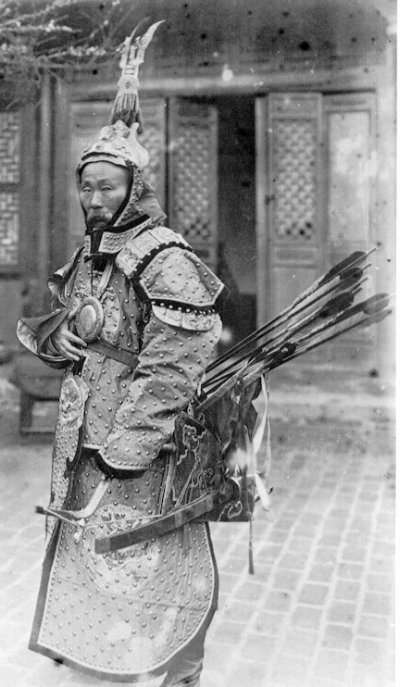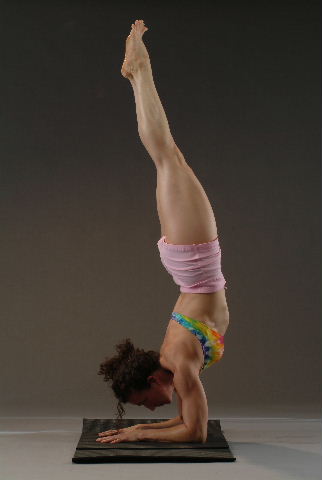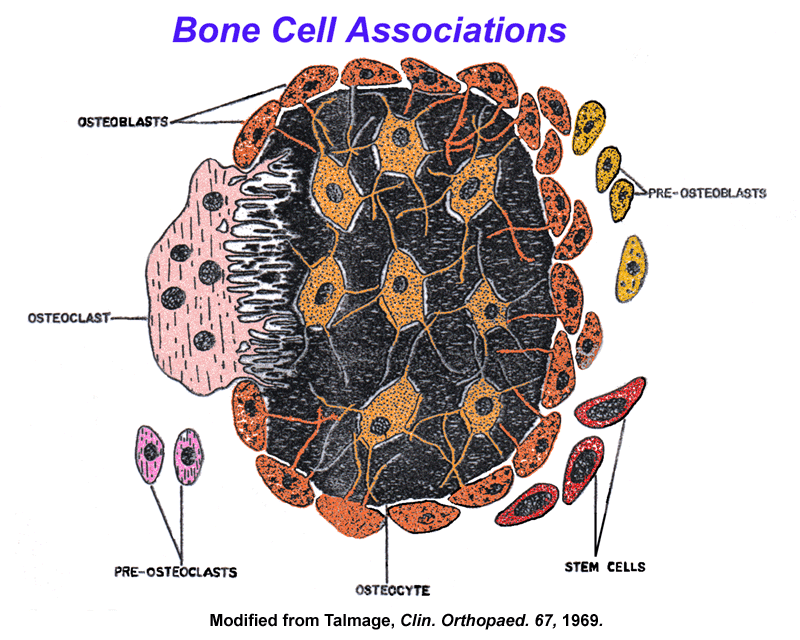Prowess
/The classical explanation of the basic gongfu bow or greeting is that you are covering your right fist, which represents maximum explosive power, with your left hand, which represents the commitment and ability to control that power.
Wen, the left hand, culture, writing, government, civility; juxtaposed with Wu, the right hand, raw power, martial, chaotic, military.
Historically governments, and scholars generally had an interest in having us believe that Wen naturally dominates Wu, and that we should fear the opposite situation. Certainly, the Daoist pantheon gives hierarchical precedent to gods in civil roles and lower status to gods in military or punishment roles, and even lower status to demons and chaotic forces.
But reality on earth is not always so simple, nor should it be. There are no true earthly hierarchies.
Avron Boretz is, I think, the first martial artist to really dive into the blended subject of ethnology and history. As a martial artist and a scholar, he managed to get himself joined up with a cult dedicated to The Dark Lord (I kid you not, but in Chinese it would be Xuandi) in a small town in Northern Taiwan. All the inner cult members were martial artists and many of them were involved in crime, like smuggling and prostitution, fringe of society stuff. They were a brotherhood of sworn allegiance, prone to occasional fighting with other brotherhoods. In other words, small time gangsters.
The book takes a hard look at the role of rituals in creating feelings of prowess in men who are otherwise kind of marginal. Because he got quite close to these guys, he writes about many different aspects of the cult. They all go out together to do exorcisms dressed up in costumes as demon generals. Sometimes they get possessed by the demon general they are representing. They all wear thick make-up and go into trance, but they only occasionally become possessed.
One of the ways they determine if a possession is authentic is that the person who was possessed has no memory of it.
The second to last chapter kind of surprised me. It is all about partying with the boys. Heavy drinking nearly every night, women, money, status-- all ways that men demonstrate their prowess.
The only time I have done things I have no memory of was after drinking large amounts of alcohol. I wonder if that is what it is like to be possessed. My experience of it was just the opposite of prowess, it was extreme embarrassment. But I have met people who are proud of their black-out moments, perhaps for some rather desperate people, blacking out could be a form of prowess.
Martial arts and alcohol, seems like a bad combo, but so do sports and alcohol and we all know those games used to be played by very drunk individuals.
These martial dances are not martial arts, but they are displays of prowess and they do have many similarities to the martial arts I practice.
One interesting example is the Big Dipper step, or Seven Star step. When a group of demon generals approaches a house or a business they are about to do an exorcism on, they approach it doing the Seven Star step (chixing bu). They then stamp on the ground and run across the threshold into the building.
I realized that everyone of my Northern Shaolin forms begins with a Seven Star step. In Northern Shaolin, first we stamp on the ground and sink into cat stance, which is like stepping over a threshold. Then our hands shoot out and break apart, as if we were breaking through double doors or the opening in a curtain, and we run three steps, as if we were running into a building or onto a stage, and we do the "monk clears his sleeves" action. I counted it out and it is exactly seven steps. Cool huh?
UPDATE: This is now a book! Gods, Ghosts, and Gangsters!

 I've been reading Avron Albert Boretz's 1996 dissertation: Martial Gods and Magic Swords: The Ritual Production of Manhood in Taiwanese Popular Religion. I got it through Inter-Library Loan, but it looks like it can be
I've been reading Avron Albert Boretz's 1996 dissertation: Martial Gods and Magic Swords: The Ritual Production of Manhood in Taiwanese Popular Religion. I got it through Inter-Library Loan, but it looks like it can be 
 Long time readers know that the relationship of martial arts to exorcistic rituals is a pet topic of mine.
Long time readers know that the relationship of martial arts to exorcistic rituals is a pet topic of mine.
 I woke up this morning with my arms crossed. Actually more than crossed, knotted-up would be a better description. One hand jutting past my armpit, the other arm wrapped around it twice and dangling between my ear and my shoulder. It took a minute to figure out which arm was which. My honey says I do gongfu in my sleep.
I woke up this morning with my arms crossed. Actually more than crossed, knotted-up would be a better description. One hand jutting past my armpit, the other arm wrapped around it twice and dangling between my ear and my shoulder. It took a minute to figure out which arm was which. My honey says I do gongfu in my sleep. Confucius said, "If I show the student(s) one corner of the square and he doesn't show me the other three, I change the subject."
Confucius said, "If I show the student(s) one corner of the square and he doesn't show me the other three, I change the subject." I don't look to criticise the student. I first reflect and then acknowledge that I'm not offering a teaching which meets the student where they are, at their learning level or interest. A good teacher will move on to a new subject or try a new approach.
I don't look to criticise the student. I first reflect and then acknowledge that I'm not offering a teaching which meets the student where they are, at their learning level or interest. A good teacher will move on to a new subject or try a new approach.


 Japanese society has no such problem because they don't care about moral intent. They treat crime as a problem of impulse control. This point is beautifully and brilliantly illustrated in the film
Japanese society has no such problem because they don't care about moral intent. They treat crime as a problem of impulse control. This point is beautifully and brilliantly illustrated in the film  This is important in the realm of martial arts because the pivotal term here, the operative word, is intent or yi in Chinese. Many internal and external martial artists claim that intent is the most important part of practice.
This is important in the realm of martial arts because the pivotal term here, the operative word, is intent or yi in Chinese. Many internal and external martial artists claim that intent is the most important part of practice.
 A long time ago Tiger was awkward and clumsy. Lacking skill he found a great gongfu master and begged him to accept him as a student. This is how he came to study with Master Cat.
A long time ago Tiger was awkward and clumsy. Lacking skill he found a great gongfu master and begged him to accept him as a student. This is how he came to study with Master Cat.